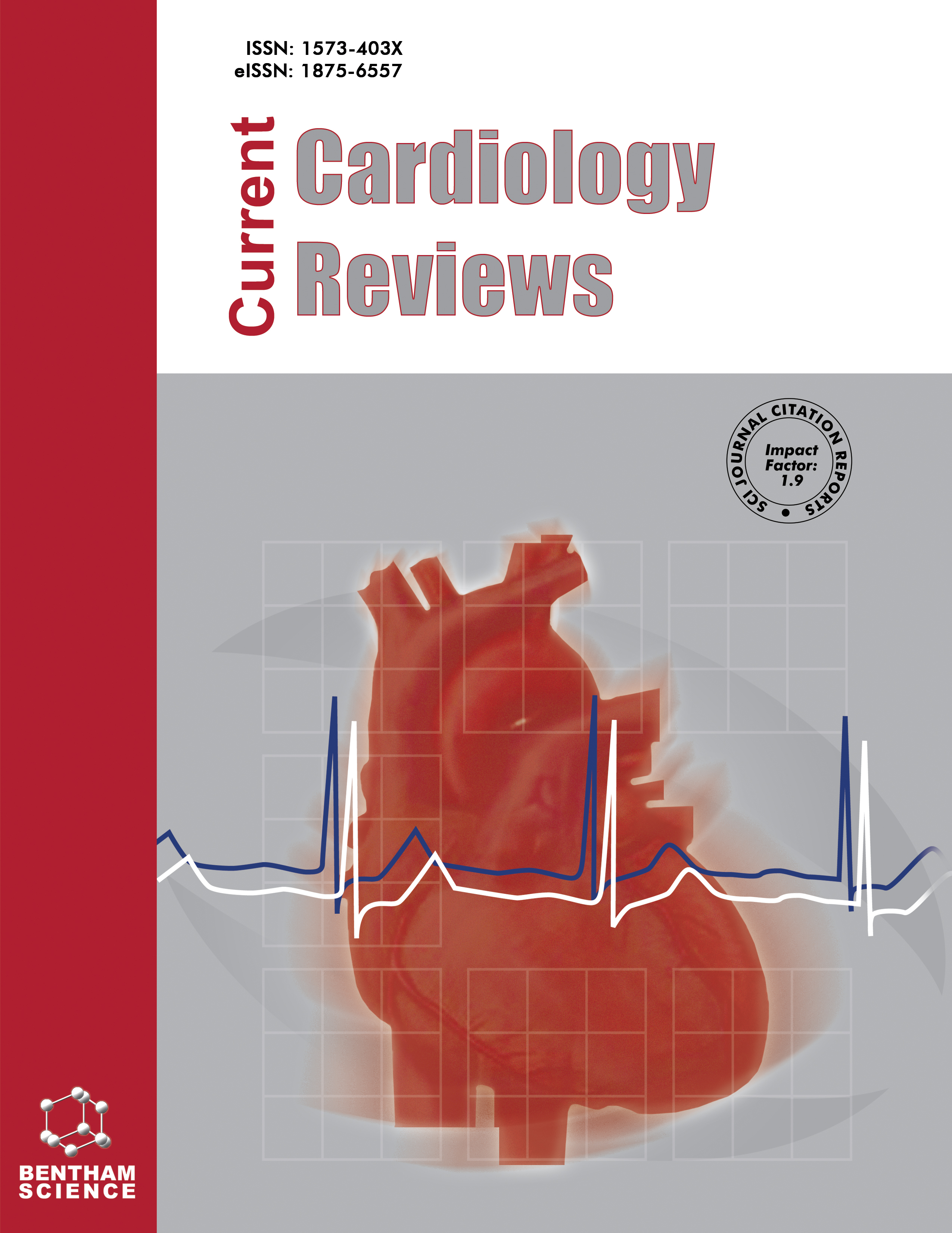
Full text loading...
We use cookies to track usage and preferences.I Understand
Cardiovascular disease (CVD), the leading cause of death globally, poses a significant burden on the healthcare sector. Its association with stress and Cushing’s Syndrome has driven cortisol, the ‘stress hormone,’ to be a potential candidate in determining CVD risk. Cortisol synthesis and release through the hypothalamic-pituitary-adrenal (HPA) axis are regulated by several hormones and receptors involved in the pathological cascade towards CVD. Evidence suggests that metabolic syndrome plays a major role in cortisol-mediated CVD risk. On the other hand, non-metabolic features are also implicated when the association between cortisol and CVD risk remains significant upon normalisation of metabolic parameters. Correspondingly, the treatment for hypercortisolism is often found effective in lowering CVD risk. Despite available evidence, several factors continue to hinder the clinical use of cortisol as a risk biomarker for CVD. This review provides an insight into the role of serum cortisol in CVD progression and risk, with emphasis on the mechanistic features and parameters.

Article metrics loading...

Full text loading...
References


Data & Media loading...

